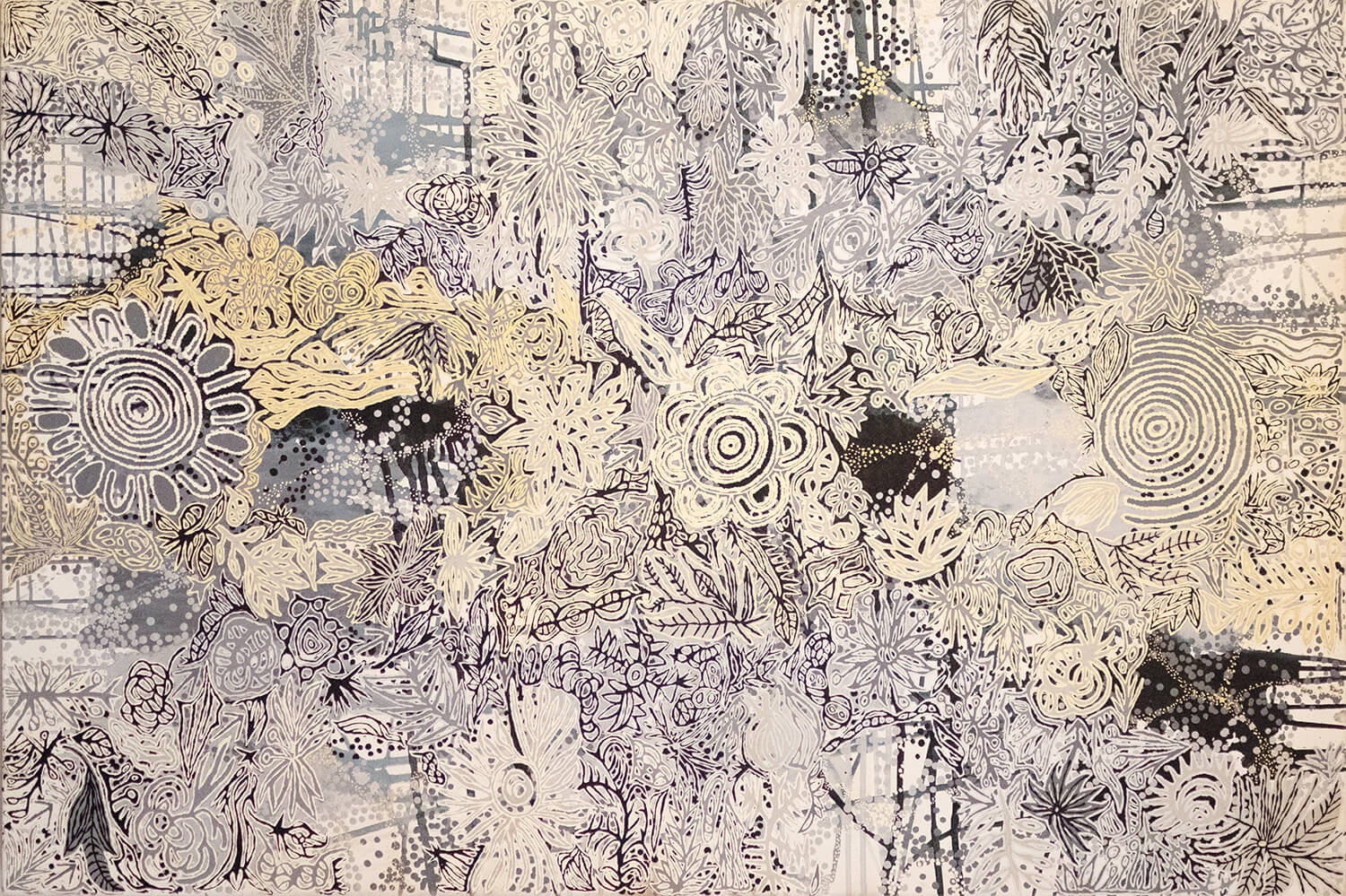#TOUR
Tjukurrpa, Wangarr. Dreaming
According to Australian mythology, the world as we know it was formed in a time when creative beings roamed the continent and on their way gave rise to land and water, the diverse flora, fauna and human world and to all elementary manifestations. The rules and principles that determine the life of the Aborigines to the present day can be traced back to them.
The English term “Dreaming”, which indeed suggests a finished period, can offer only a limited interpretation of what is described by the terms Tjukurrpa in the language of the Pitjantjatjara in Central Australia or Wangarr in the languages of Northeast Arnhem Land. This is because it also ends the wanderings of the creative ancestors but Tjukurrpa or Wangarr continues, incorporating past, present and future.
The creator ancestors remain ever-present and visible in the widest variety of formations of nature, celebrated by the people of the land in stories, in songs and in ceremonies. The traditions connect the people with the place of their birth, transferring to the living the responsibility for the welfare of the respective land and the community living on it.
Level 1 | Central Australia: Papunya
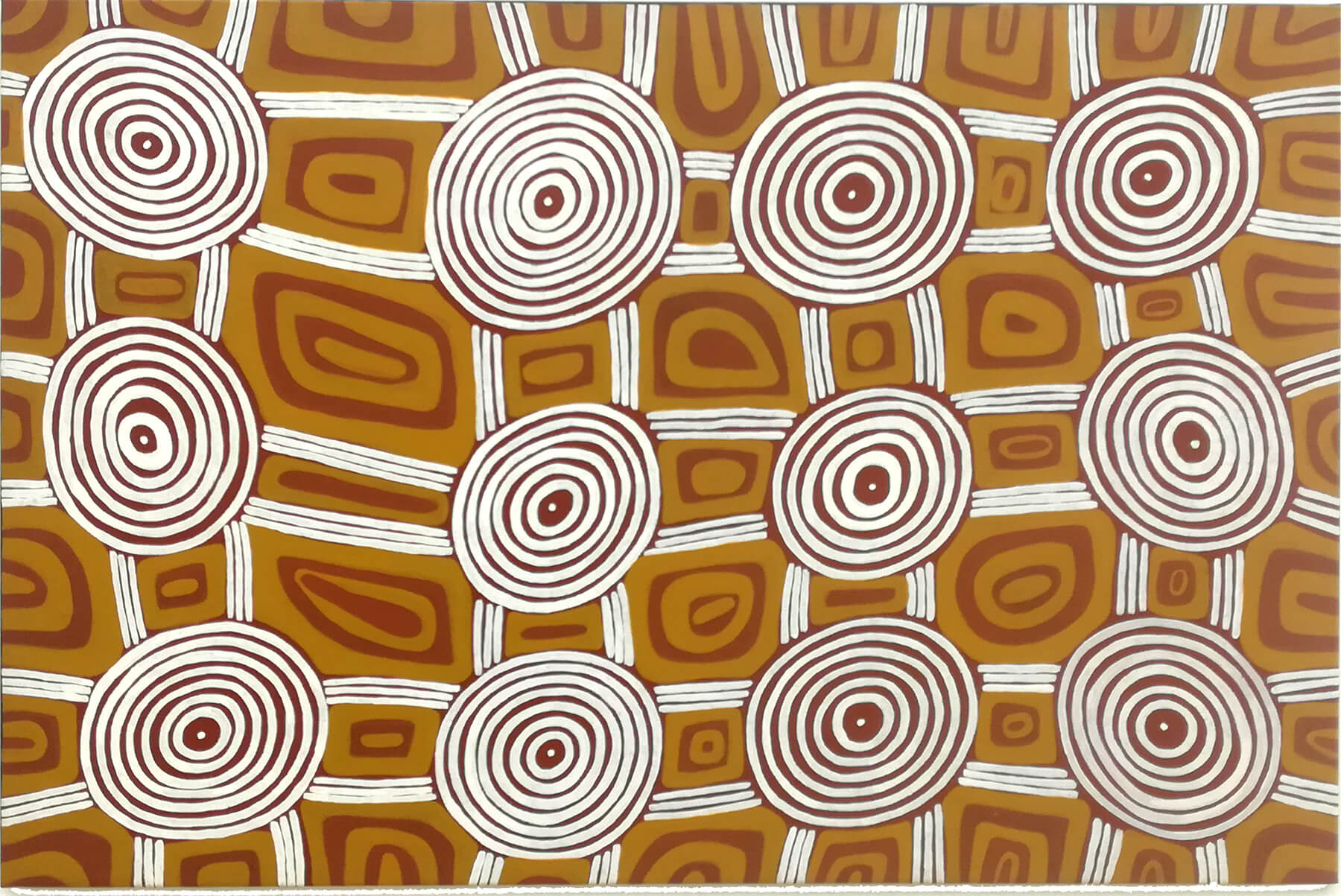
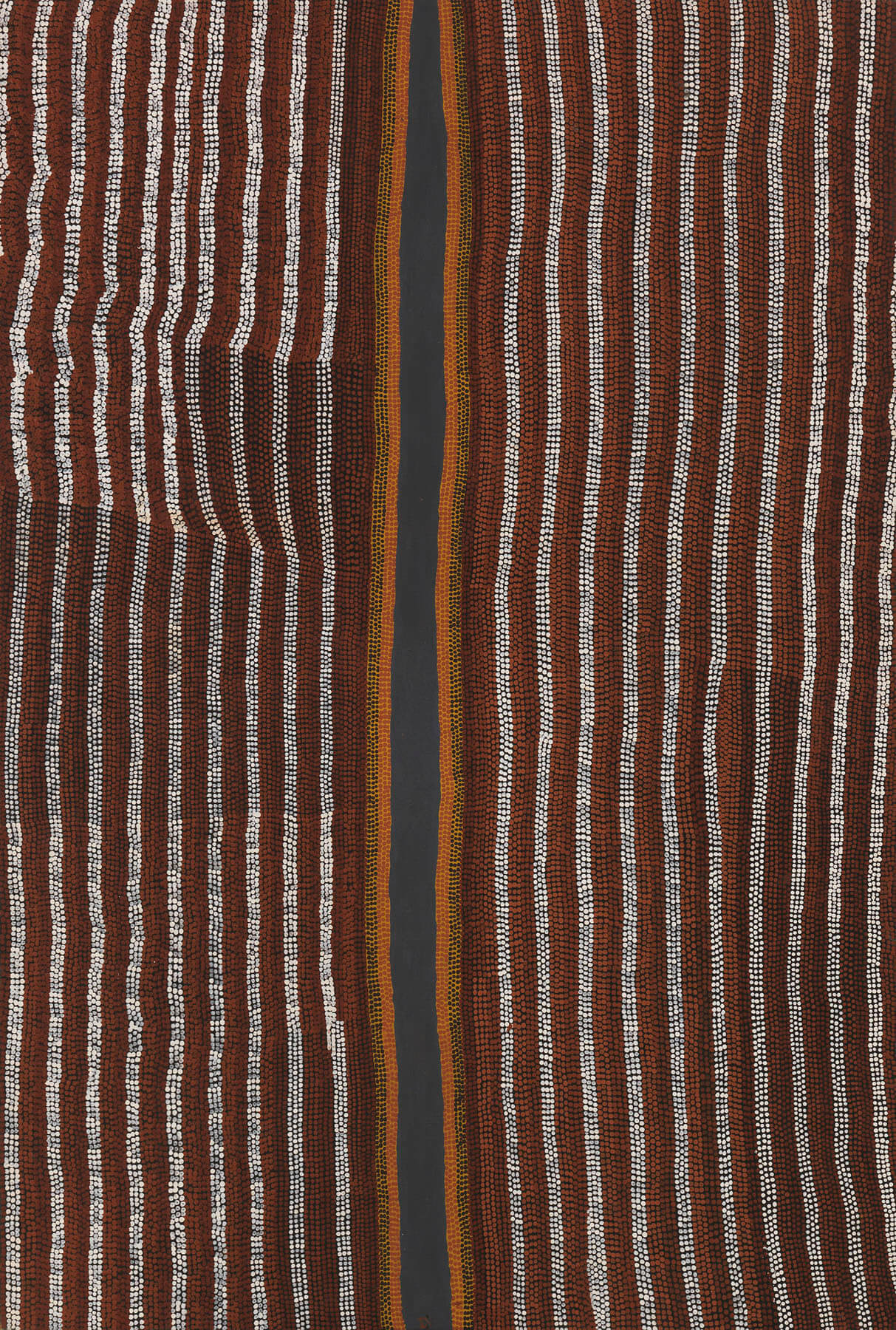
The start of the exhibition is dedicated to artists’ cooperative “Papunya Tula Artists”, which was founded in 1972 at the government settlement of Papunya, 240 km northwest of Alice Springs. This is where the contemporary painting movement of the Aborigines in Central Australia begins.
The paintings reflect pictorial elements that have previously been drawn only in transient form in secret ceremonies in the desert sand or applied to the body. They relate to specific places and mythical stories that are associated with them, which chronicle wanderings of the creator ancestors and their works. However, the secret content is protected from disclosure by shimmering patterns of dots or lines.
Mick Namarari Tjapaltjarri was one of the first members of the “Papunya Tula Artists”. Early on, he experimented with dotted fields of colour and linear structures. Kanya Tjapangati has worked for the artists’ cooperative since the 1980s; the circular shapes in his picture refer to a place where creator ancestors have stayed. Paintings that are executed very subtly in colourfulness and structure are by Yukultji Napangati and Doreen Reid Nakamarra, who rank amongst the most successful members of the arts centre in the younger generation.
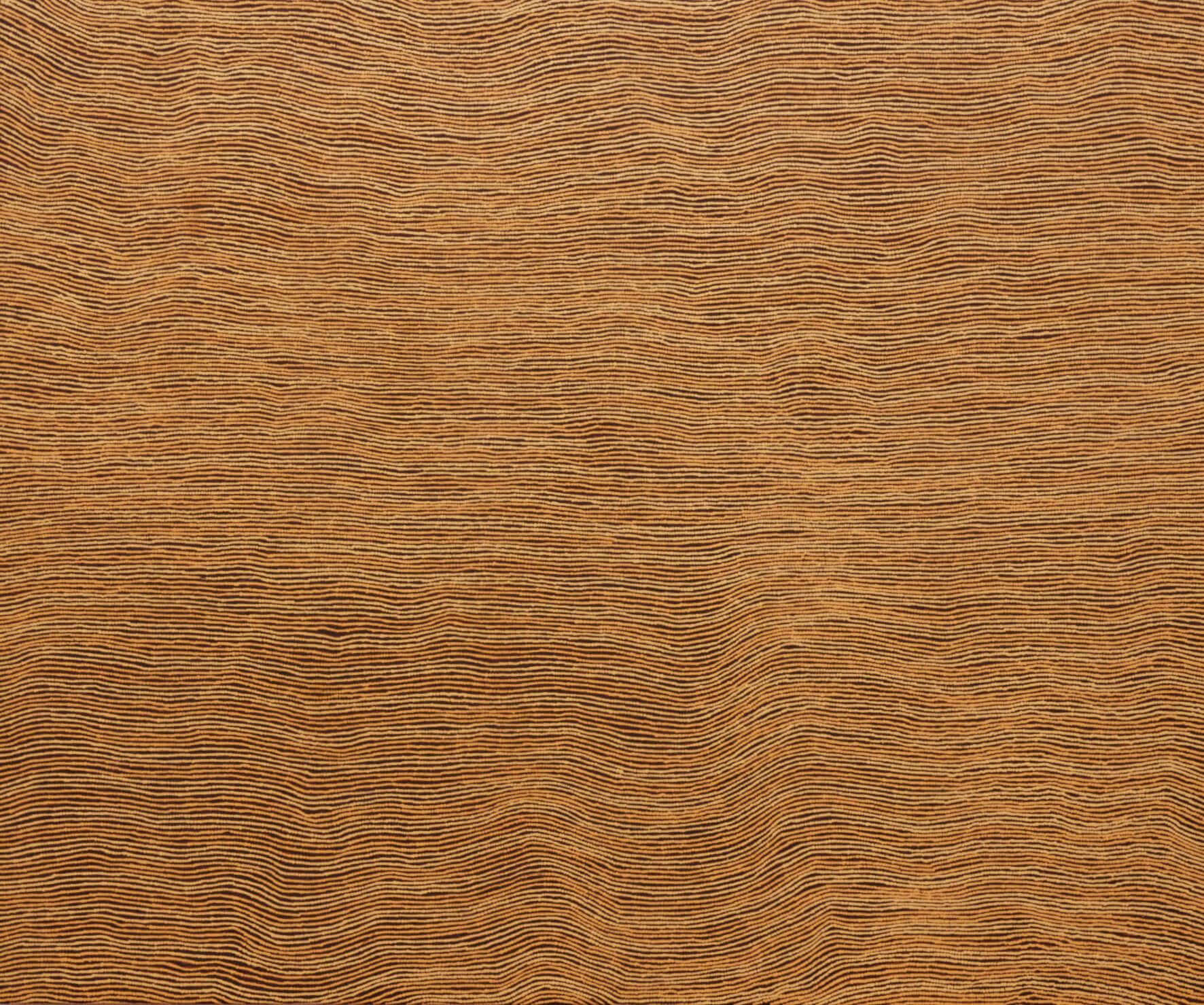
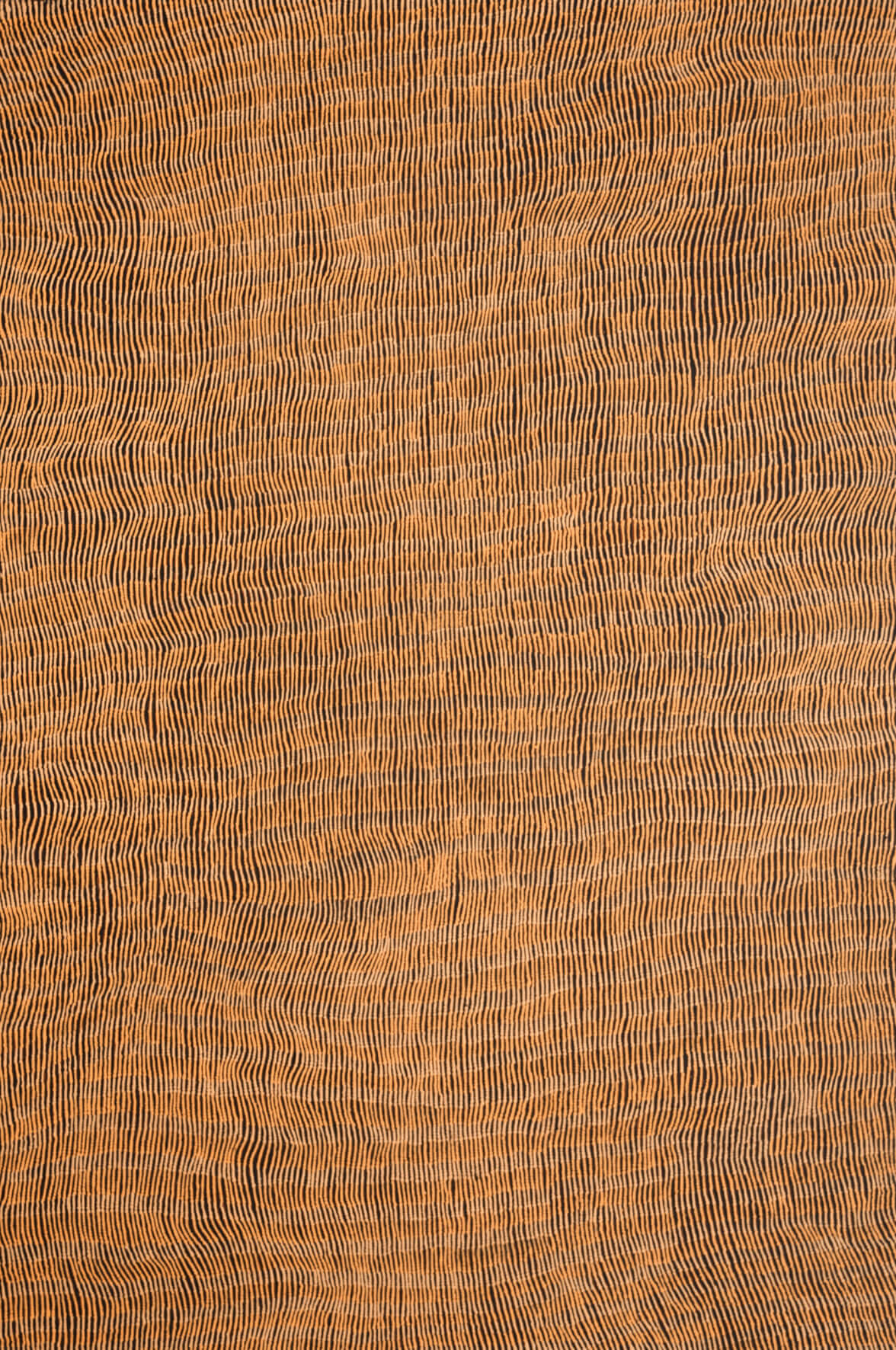
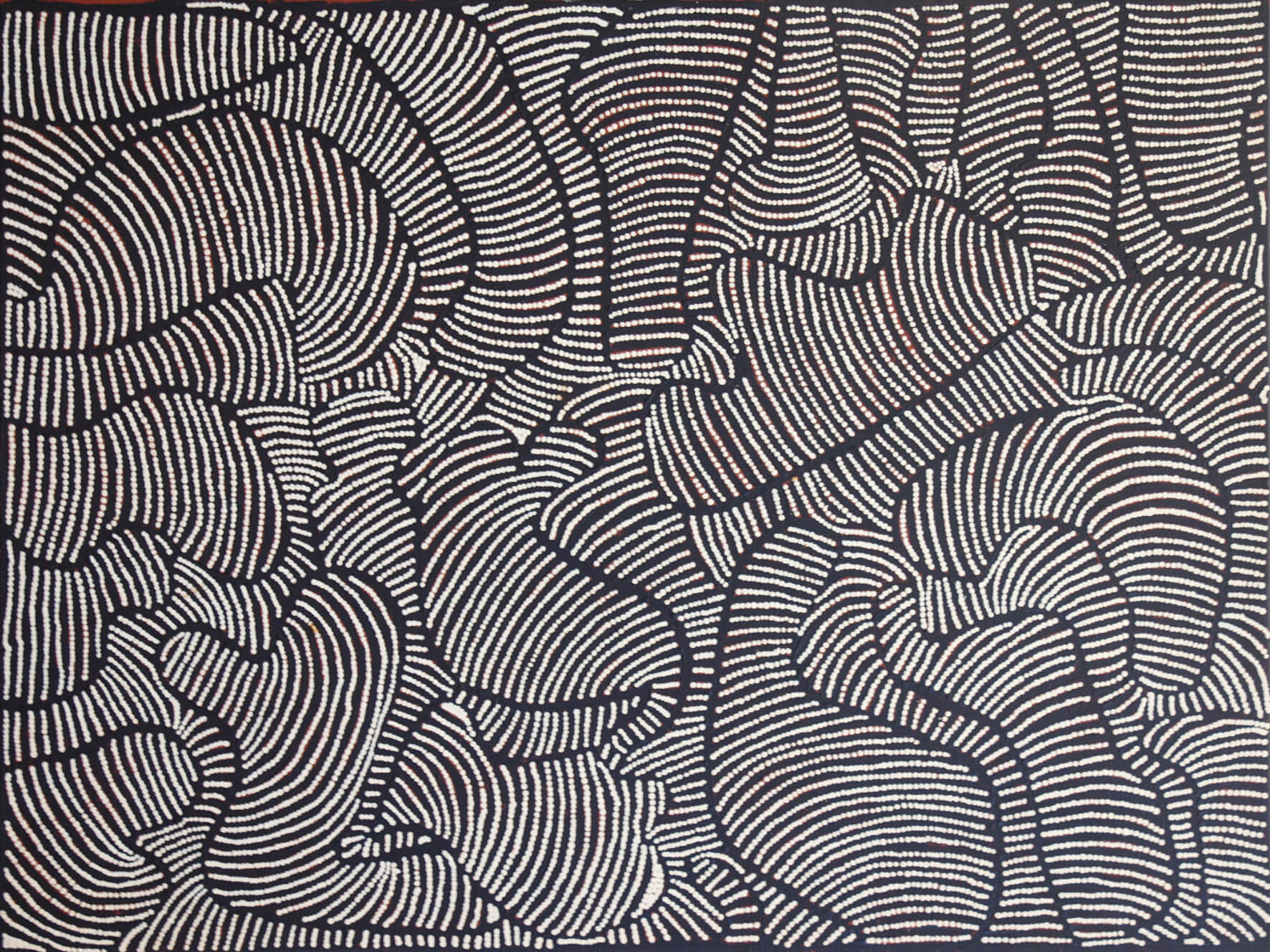
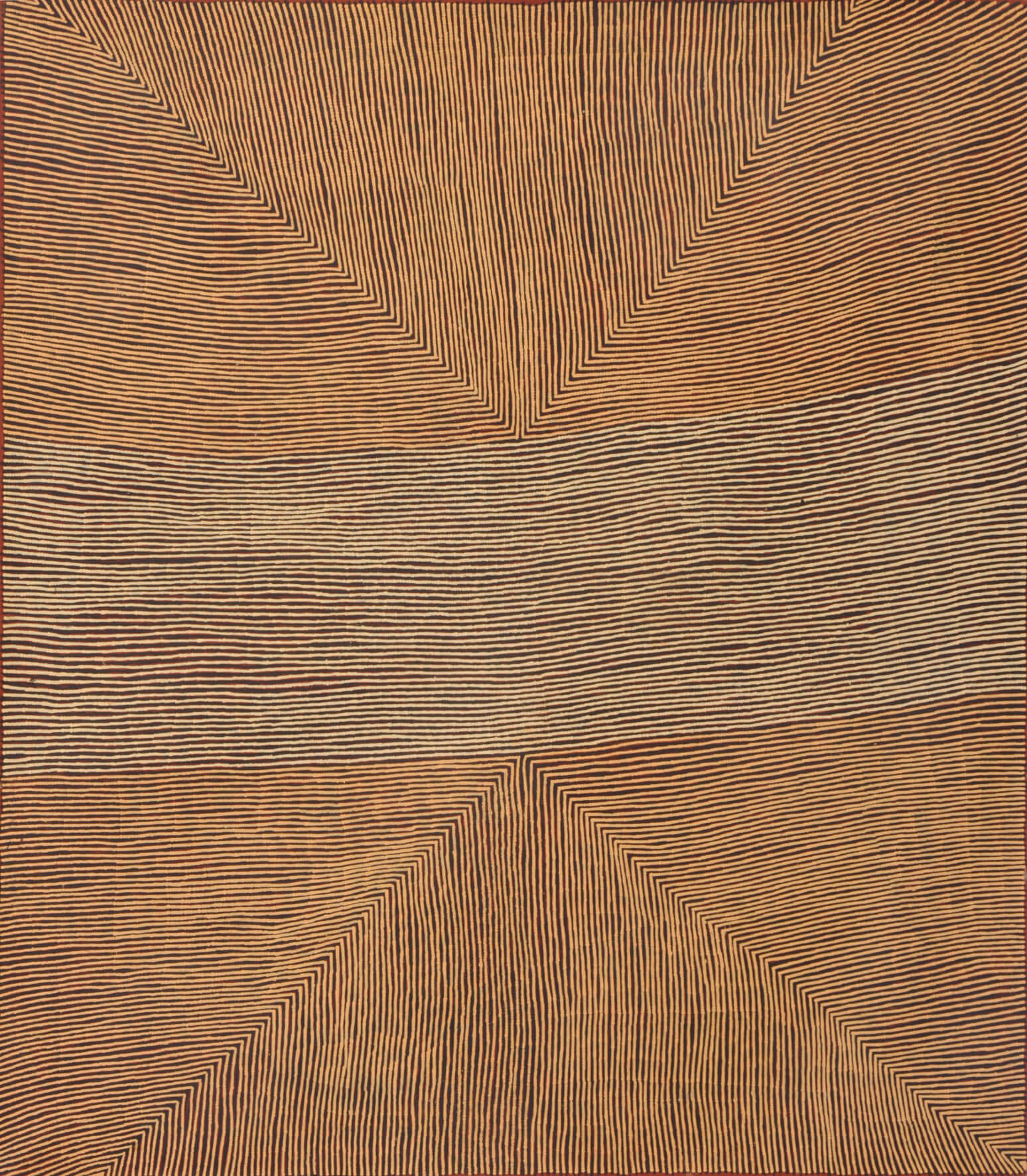
After political recognition of the land rights of Aborigines, many indigenous people moved back to their ancestral territories in the course of the homeland movement in the 1980s. Whereas the “Papunya Tula Artists” shifted their focus to Kintore and Kiwirrkurra, a new group formed in Papunya itself in 2007. From the “Papunya Tupi Arts” group, the exhibition displays a painting by Doris Bush Nungarrayi.
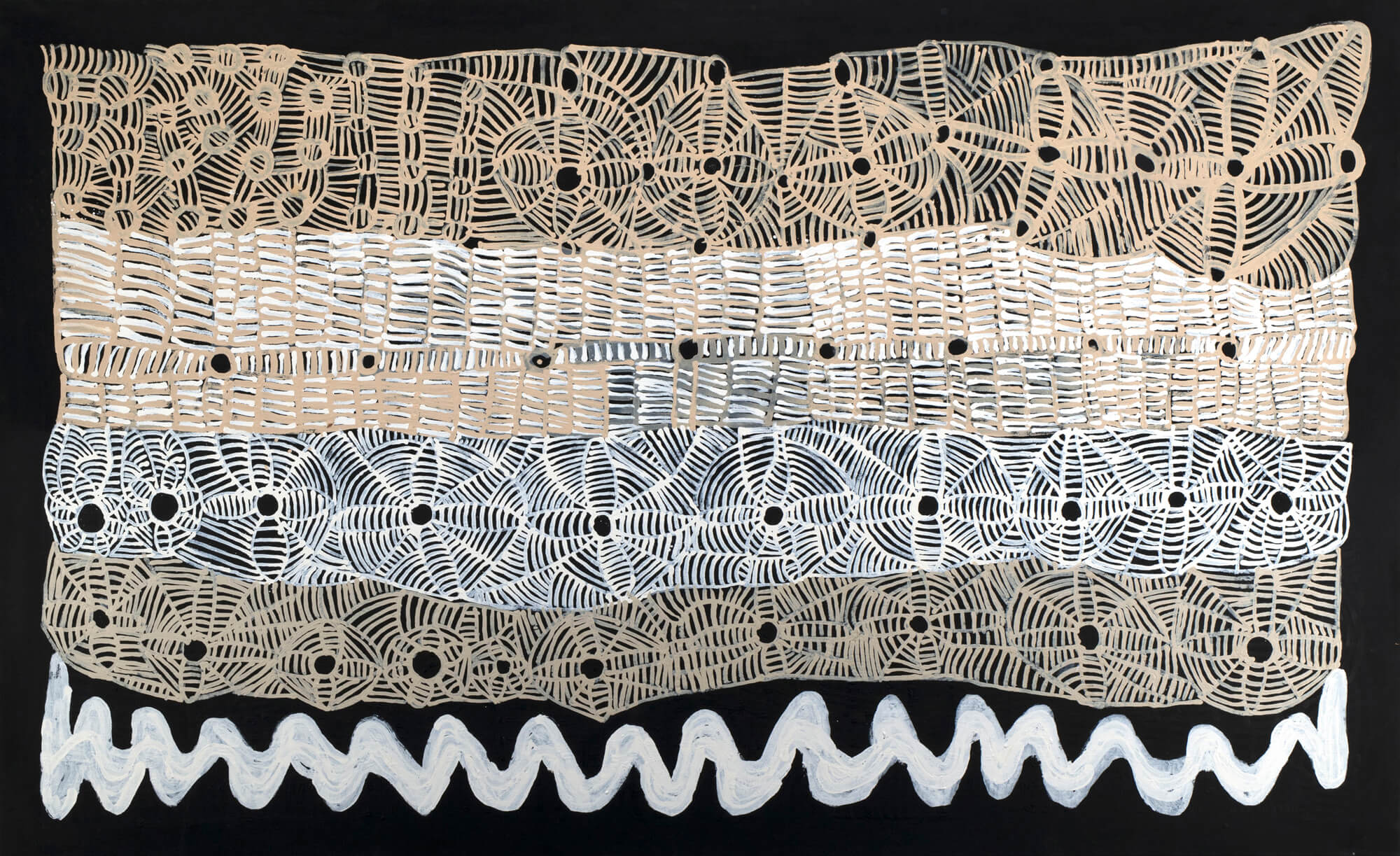
Ebene 2 | Arnhem Land
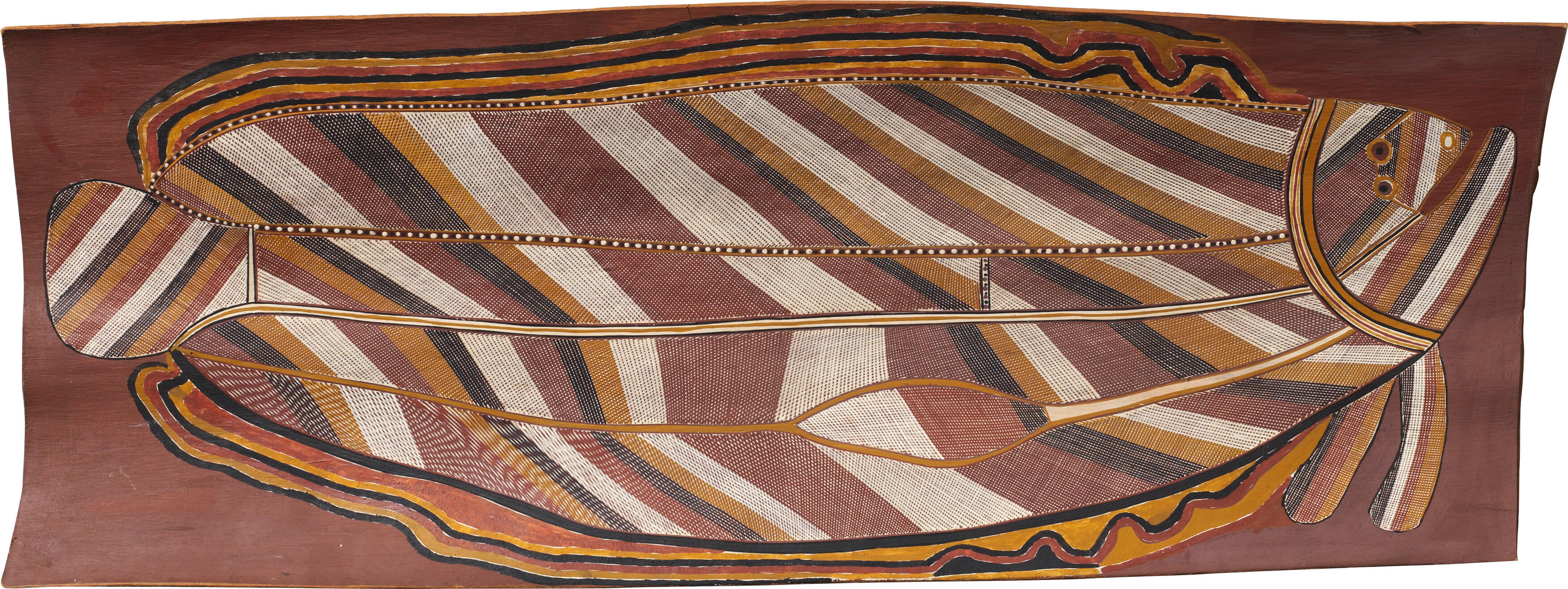
On level 2, the focus turns to Arnhem Land. The artistic tradition of the region is characterised by bark panels or wooden objects painted with natural dyes such as ochre, charcoal, chalk or white pipe clay. The materials come from the land, which is shaped by the tropical climate of the north with its rocky areas, forests, rivers and the coast by the sea. Here, rock paintings that are up to 18,000 years old attest the long history of ritual-related art in Australia. Its motifs and pictorial structures, which are newer but nonetheless several thousand years old, are still reflected in contemporary works.
The art of Arnhem Land recognises different style regions. The distinctive features of the work in the west – from the area around Maningrida – include a monochrome background in which figurative motifs filled with fine hatching (rarrk) are used. Long-limbed spirit beings represent an additional theme, which also appear in contemporary art as sculptures. So-called “hollow logs” – painted tree trunks hollowed out by termites – go back to the tradition of tree coffins. Whereas the design filling the entire space is generally characteristic of pictures in Central Arnhem Land, it developed only recently in the west. Artist John Mawurndjul has provided significant inspiration here.
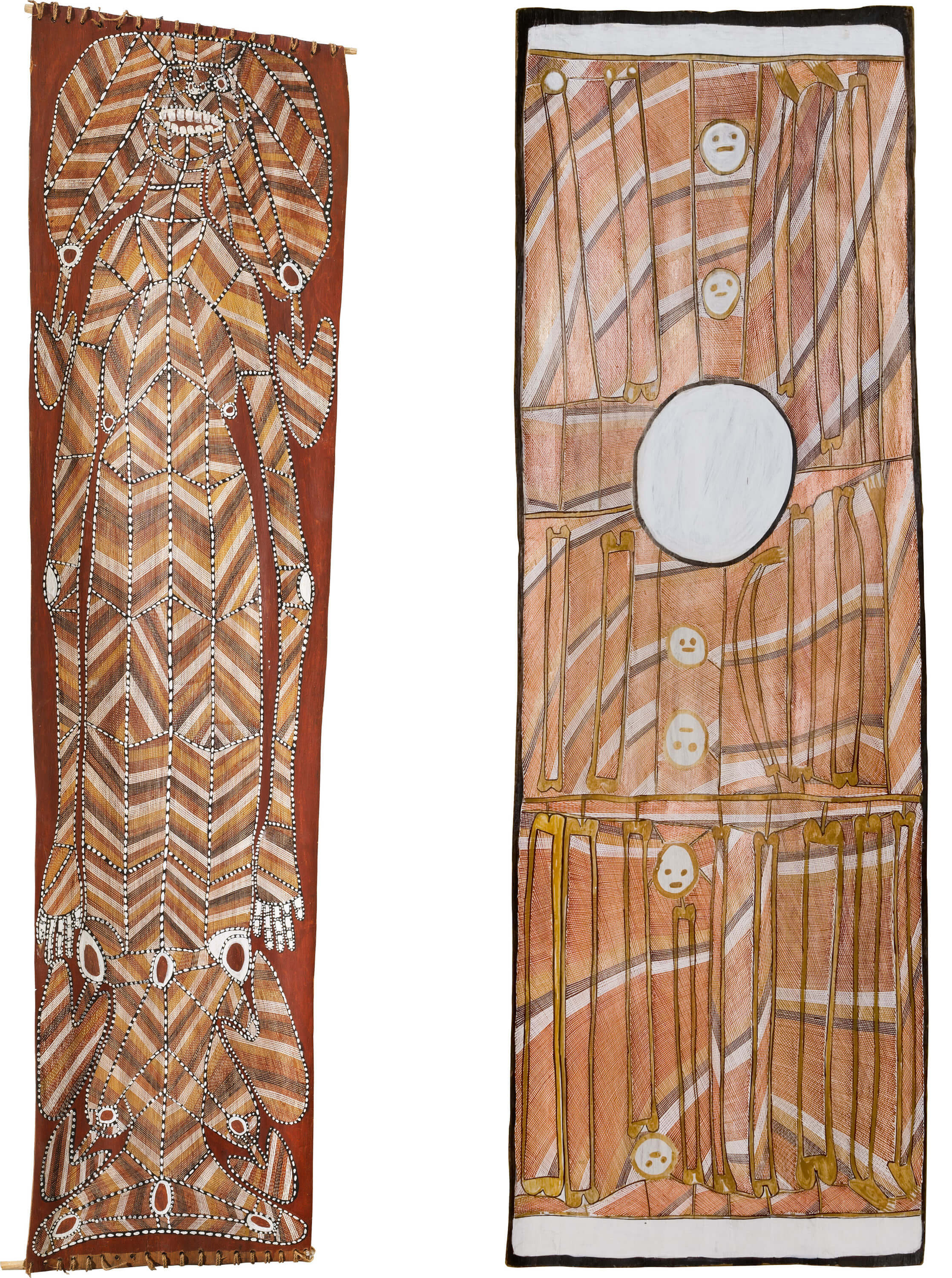
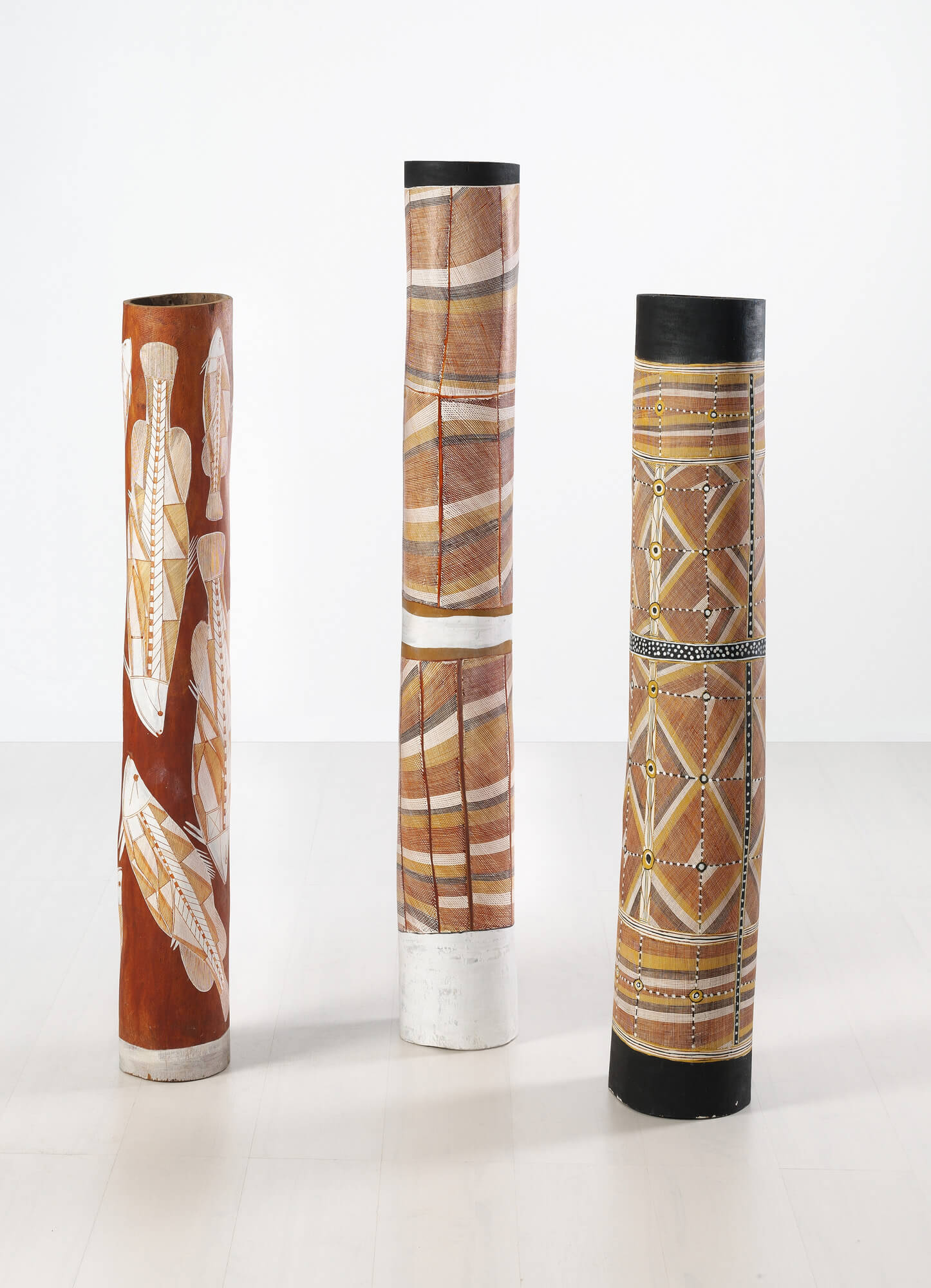

Which stories from mythological tradition and which abstract patterns can be painted depends on affiliation to a clan and to one of the two hereditary lines (moieties), Dhuwa or Yirritja. It was left to artist Mickey Durrng from Central Arnhem Land to paint the clan patterns of the Liyagawumirr, which are applied including to the bodies of the dead during death rituals.
In the exhibition, works from East Arnhem Land – from the area around Yirrkala – refer to individual paths in the context of tradition, for example. The piece by artist Nonggirnga Marawili is based upon image rights and patterns from the clans of her parents and her husband. Since 2010 she has increasingly abandoned the hatching that is otherwise dominant in pictures from the region and she has released into the space the clan patterns handed down. Works on card take as their content natural and weather phenomena on the north coast of Australia, which can be traced back to the effects of creator ancestors.
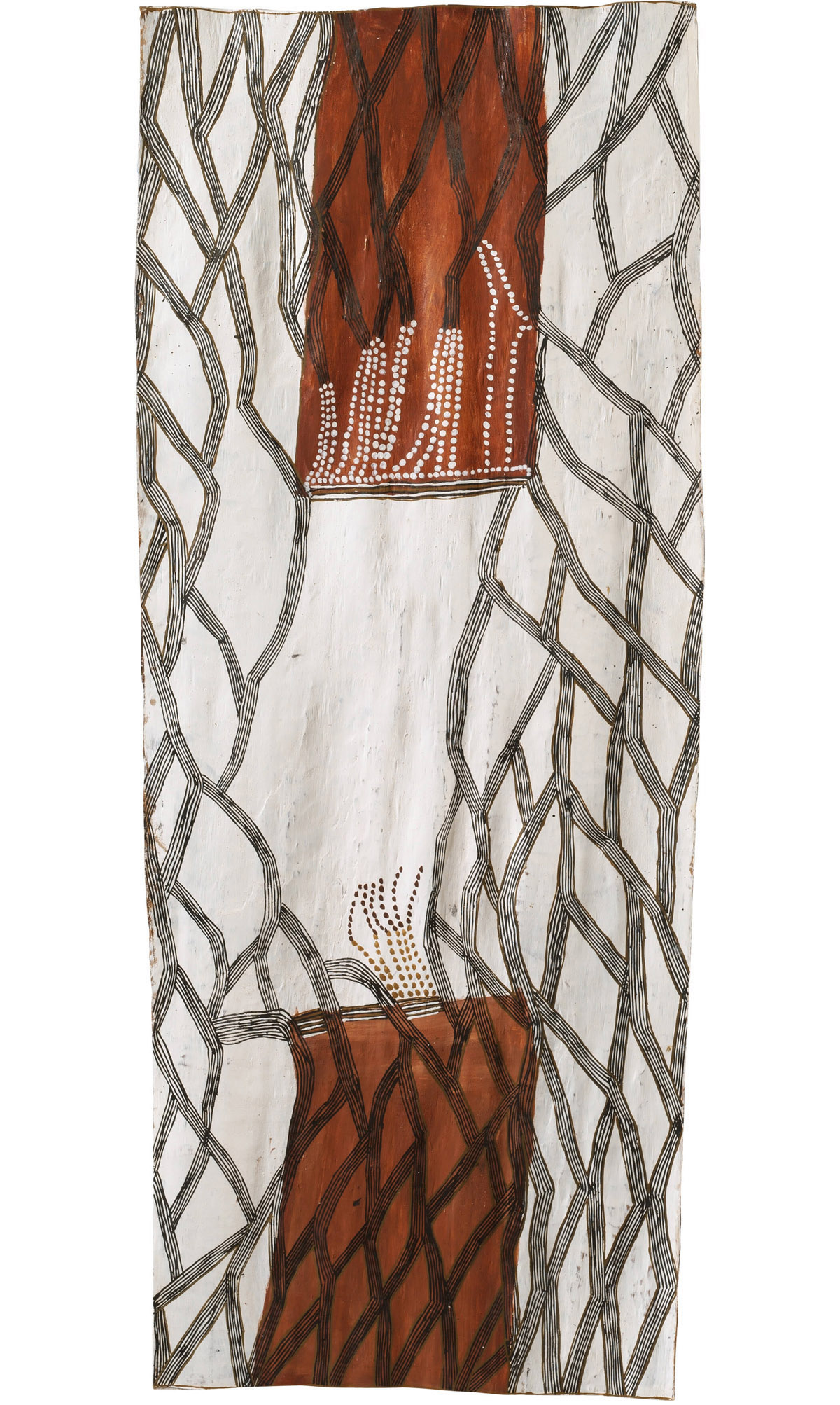
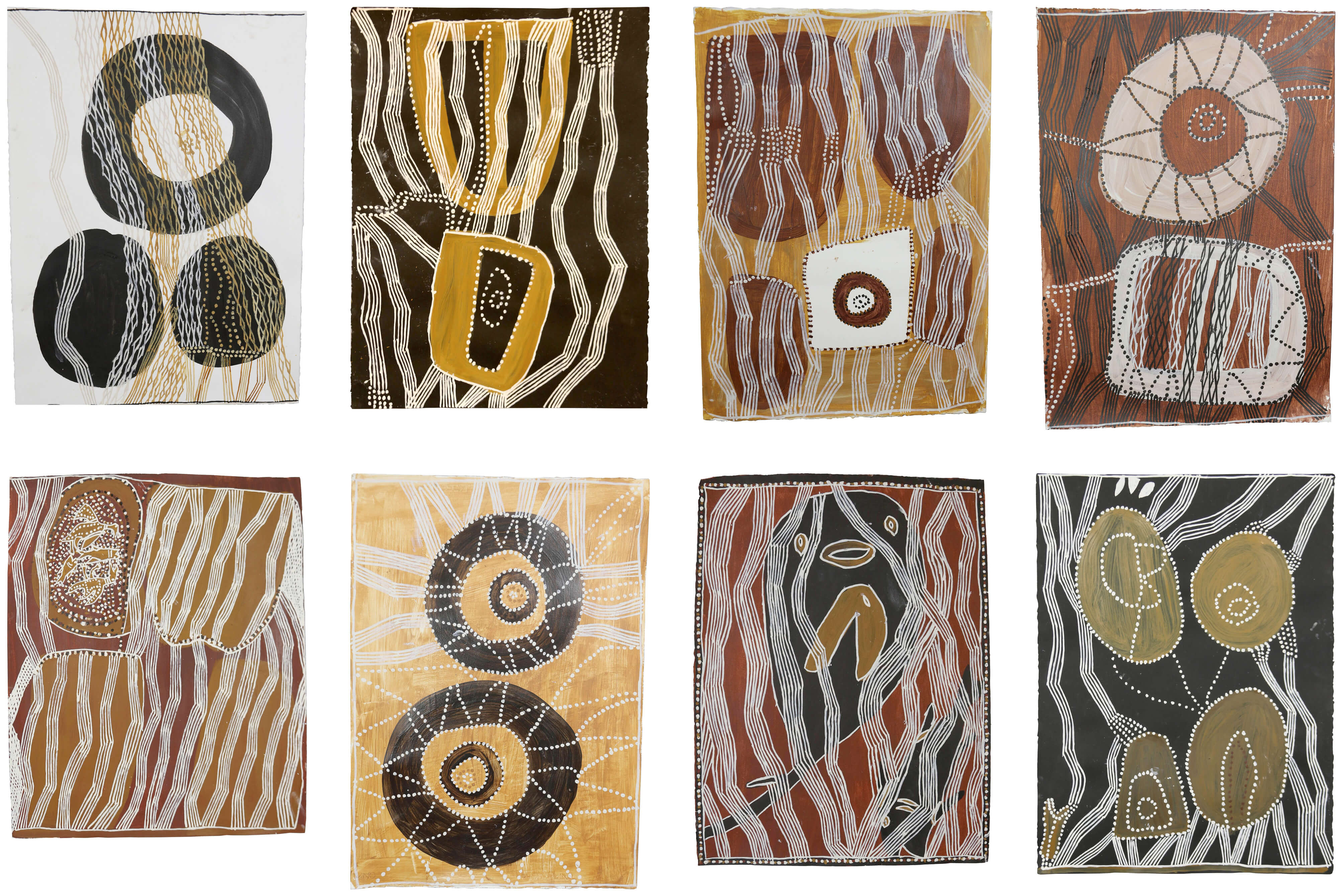
Level 3 | till January 12th | Central Australia: APY and Ngaanyatjarra Lands
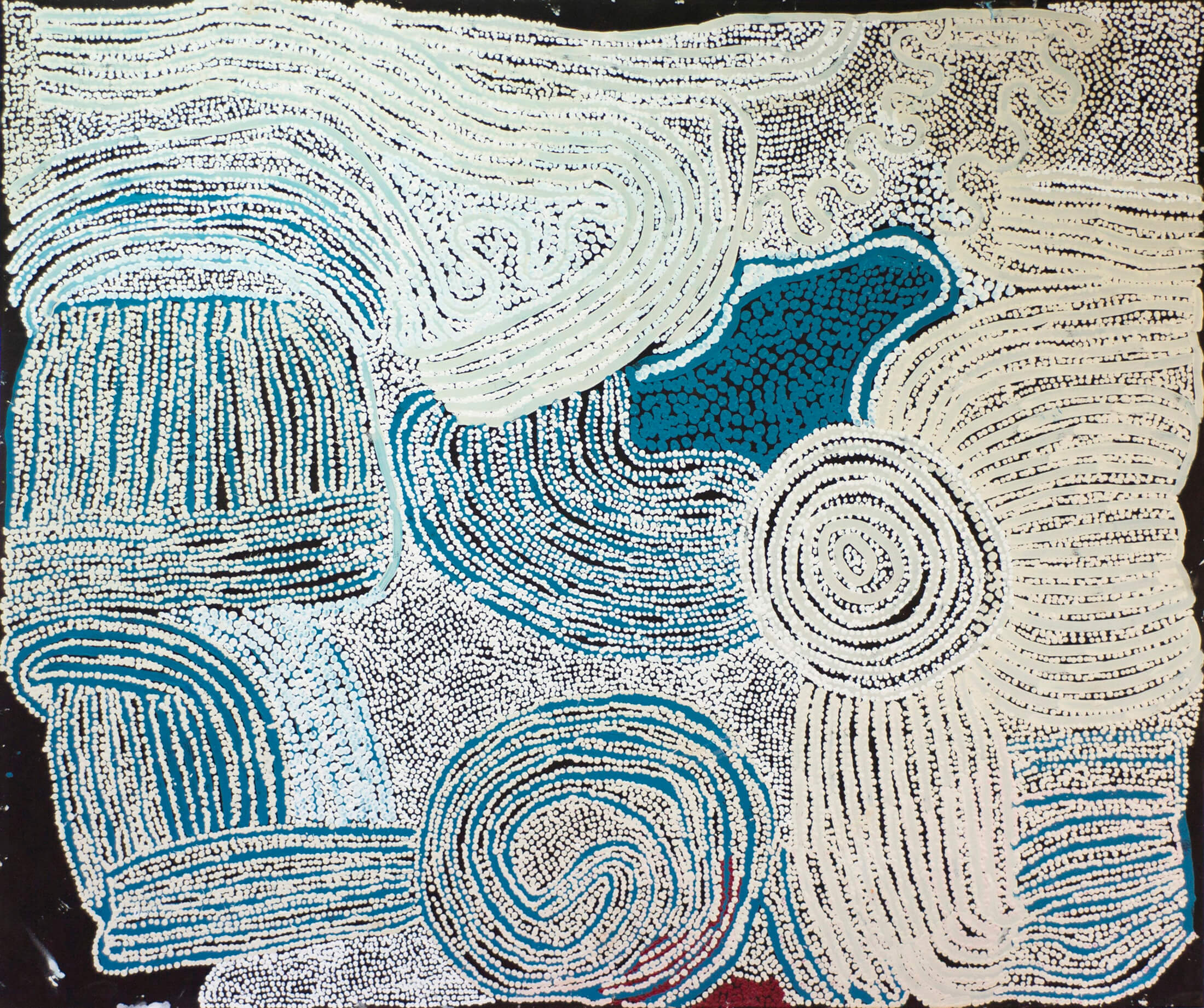
In turn, paintings on level 3 are presented in stark contrast. With them, the focus turns once again to Central Australia. Based on the model of “Papunya Tula Artists”, artists’ cooperatives have been established in other regions. As such, Aborigines from the Pitjantjatjara, Yankunytjatjara and Ngaanyatjarra language groups are also continuing the painting movement in their ancestral territories on the territorial borders of South and Western Australia. As demonstrated especially in paintings by Yaritji Young, Imitjala Curley from the APY Lands and Esther Giles from the Ngaanyatjarra Lands, they offer very different emphases here with their strong colours and expressive painting styles.
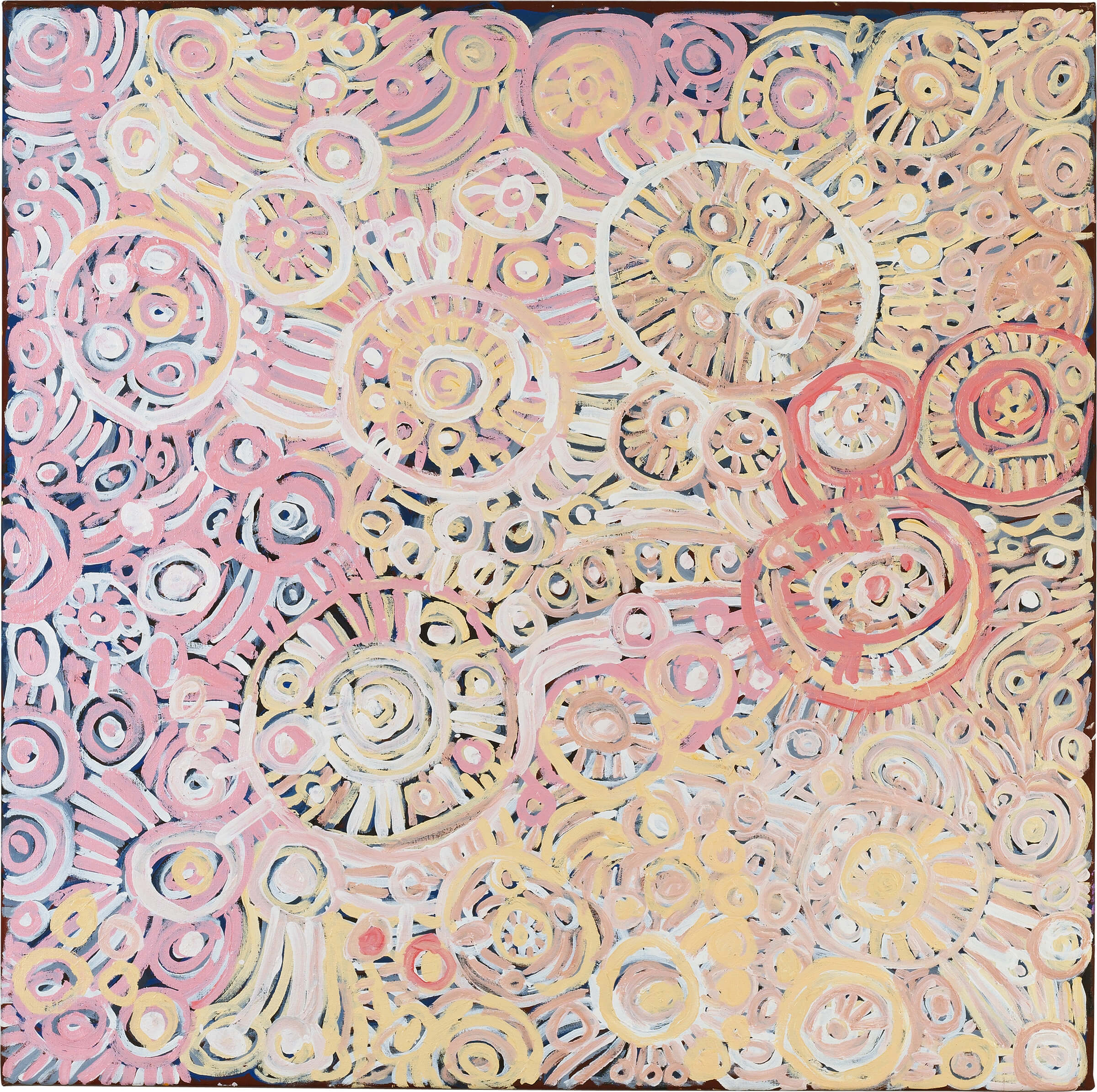
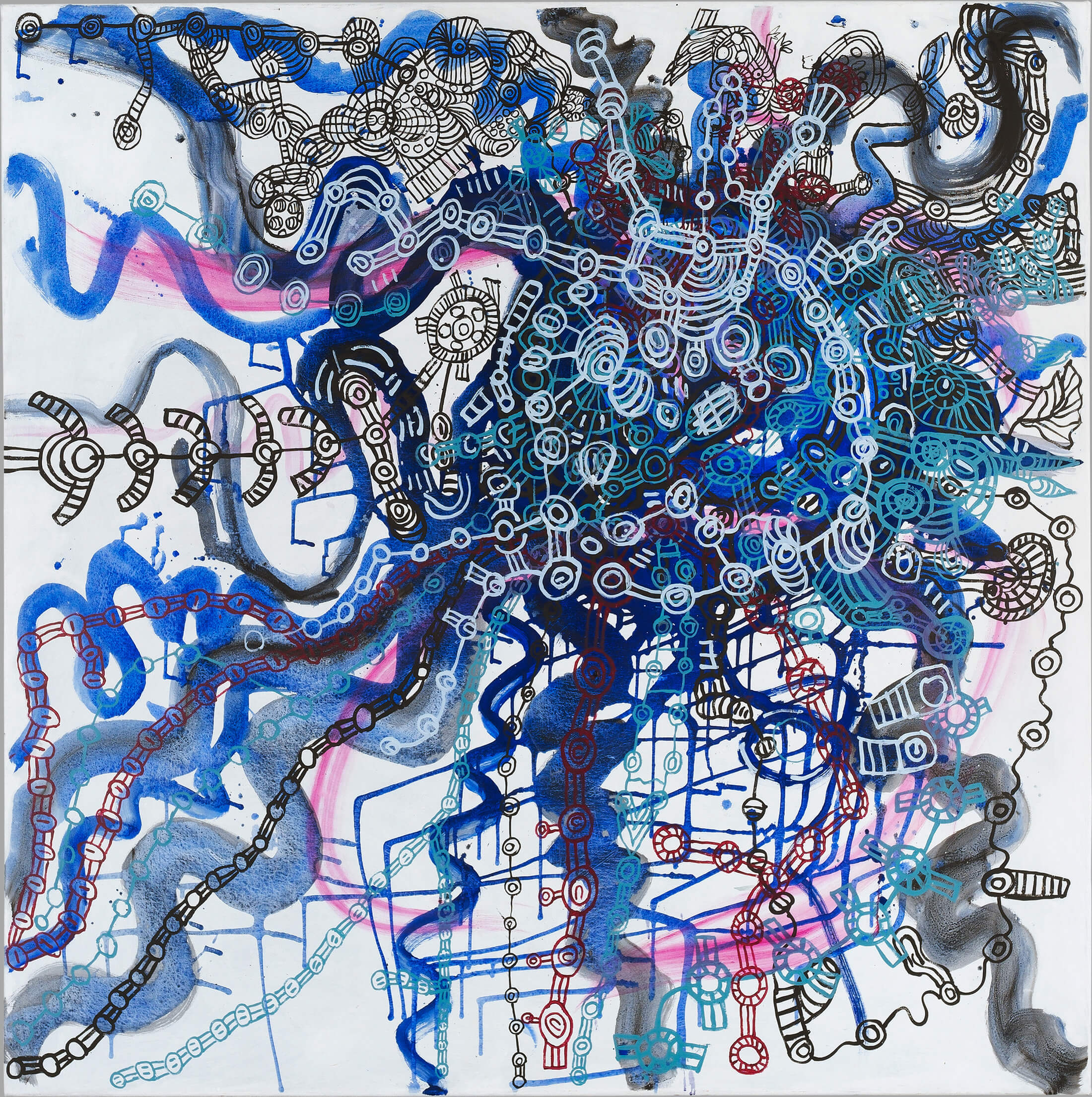
Level 3 | starting January 19th | THE MAGIC OF BLACK AND WHITE
In January, the presentation on level 3 is changing. A special exhibition by ARTKELCH Gallery is dedicated to the use of black and white in the indigenous art of Papua New Guinea and Australia. The focus here is on pieces by three artists’ cooperatives. Characteristic of the Oemi artists from Papua New Guinea are bark bast cloths in contrasting patterns, which originate from the creation story of the tribe and can be executed only by female chieftains. Here, naturally coloured pieces or strips are applied to materials dyed in river mud (or conversely dark pieces on a light background).
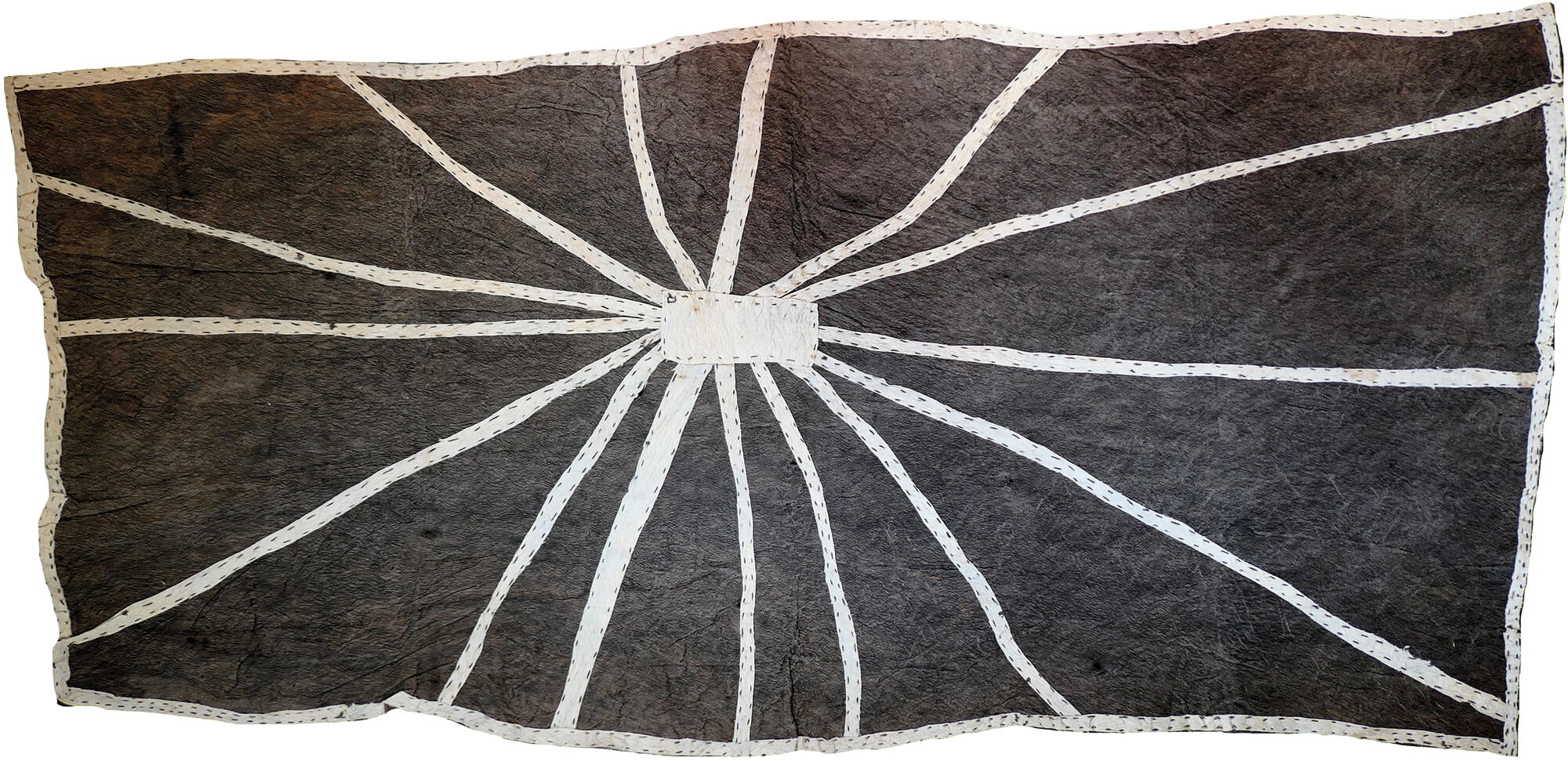
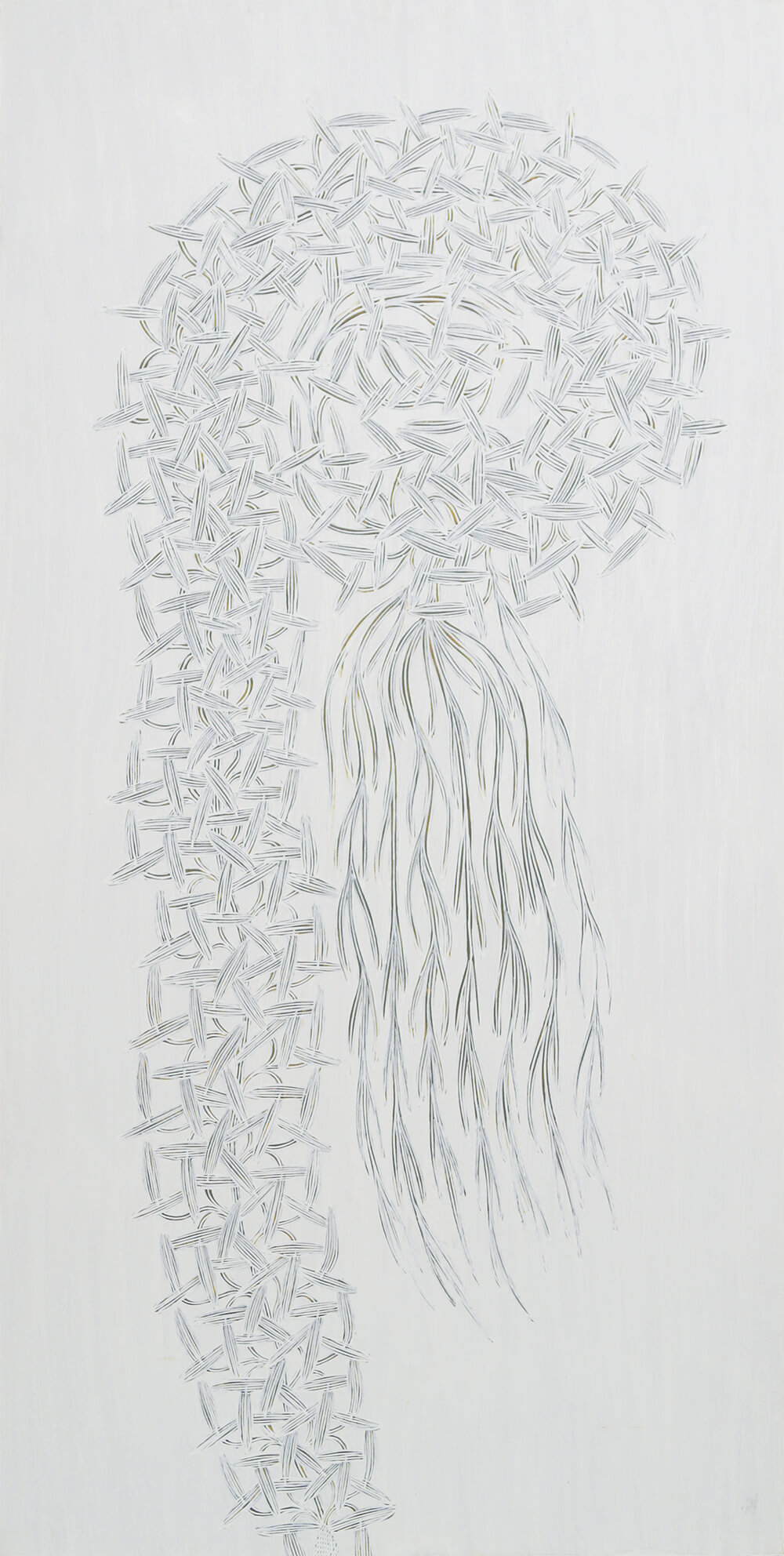
Essentially, black in the art of the Aborigines often represents the substantial, the material core of a creation story; white is regarded more as a spherical, spiritual colour. However, the extent of the difference in justification of the application of both the achromatic colours is demonstrated by the other two sections of the special exhibition. Paintings from East Arnhem Land in the north of Australia on wood, tree bark or paper – from Buku-Larrnggay Mulka art centre – follow a regional tradition, concentrating on white clay and chalk as well as black earth pigments as natural colours. By contrast, the acrylic paintings of the Central Australian Papunya Tjupi Arts centre are still governed by an impulse from the period when the cooperative was established, when reduction of the colour pallet was a result of the economic situation.
